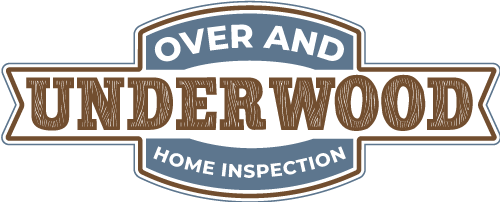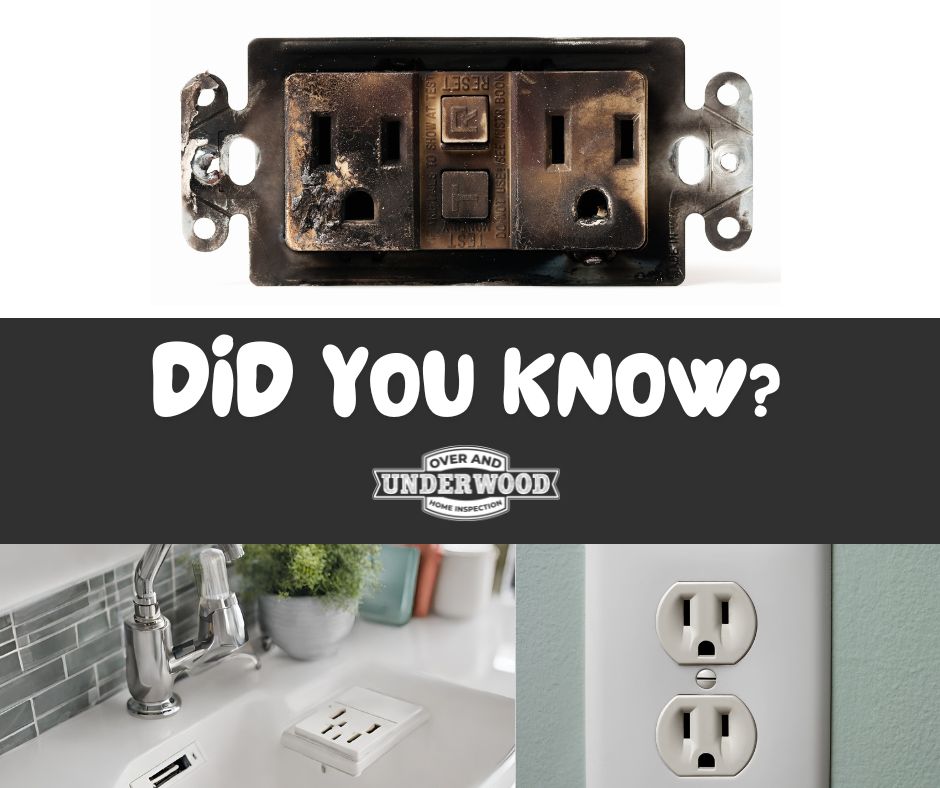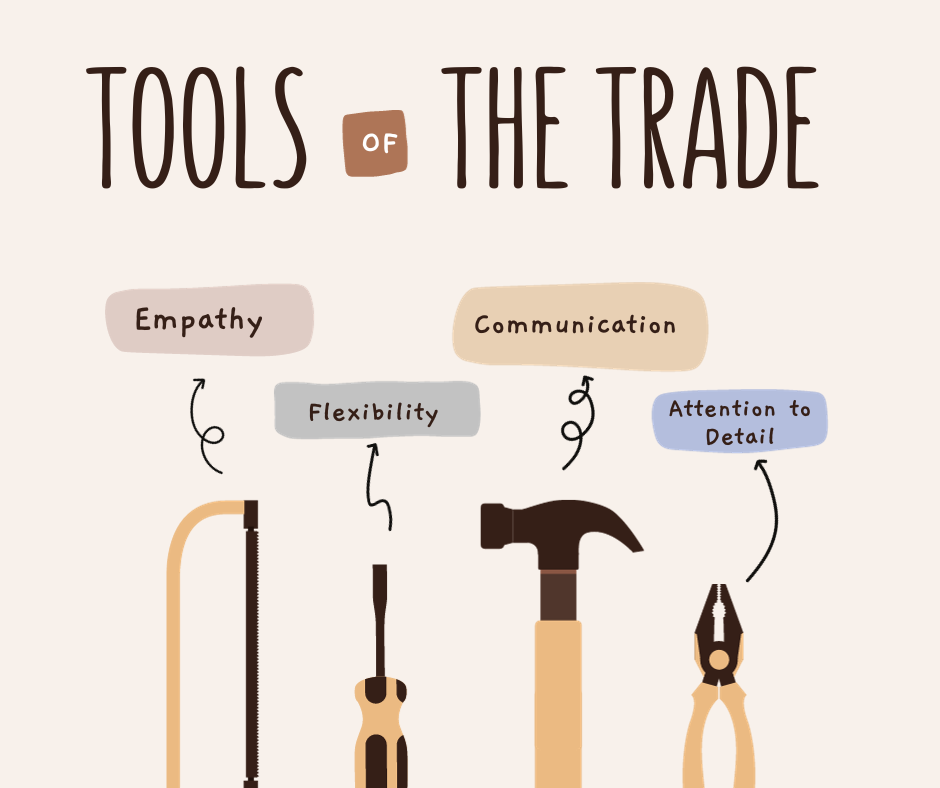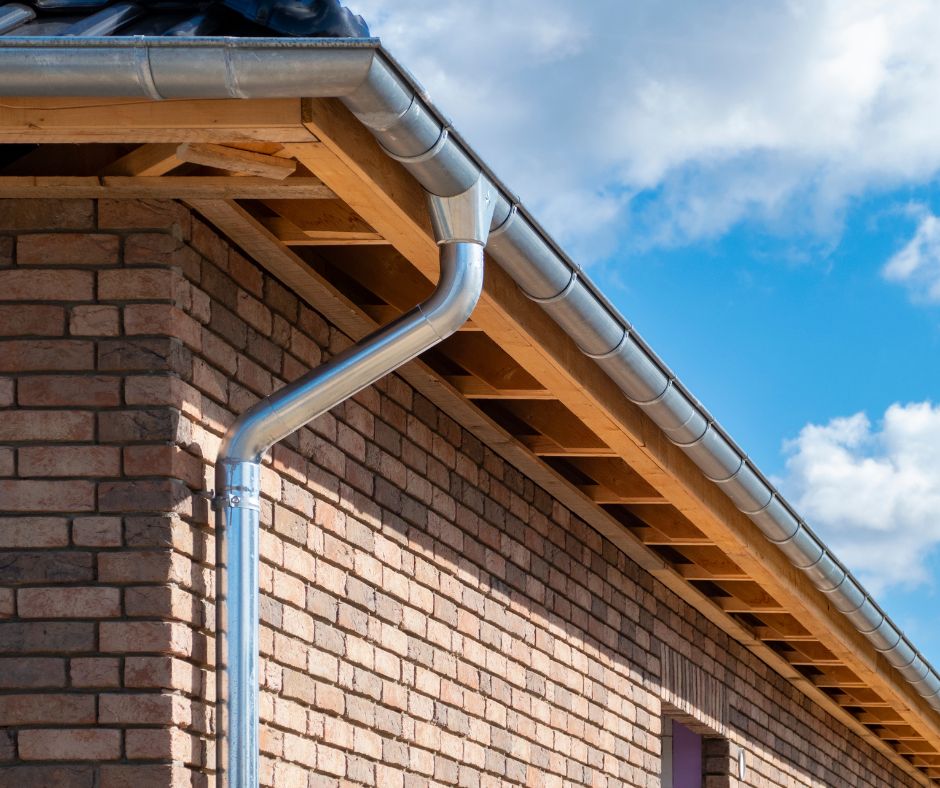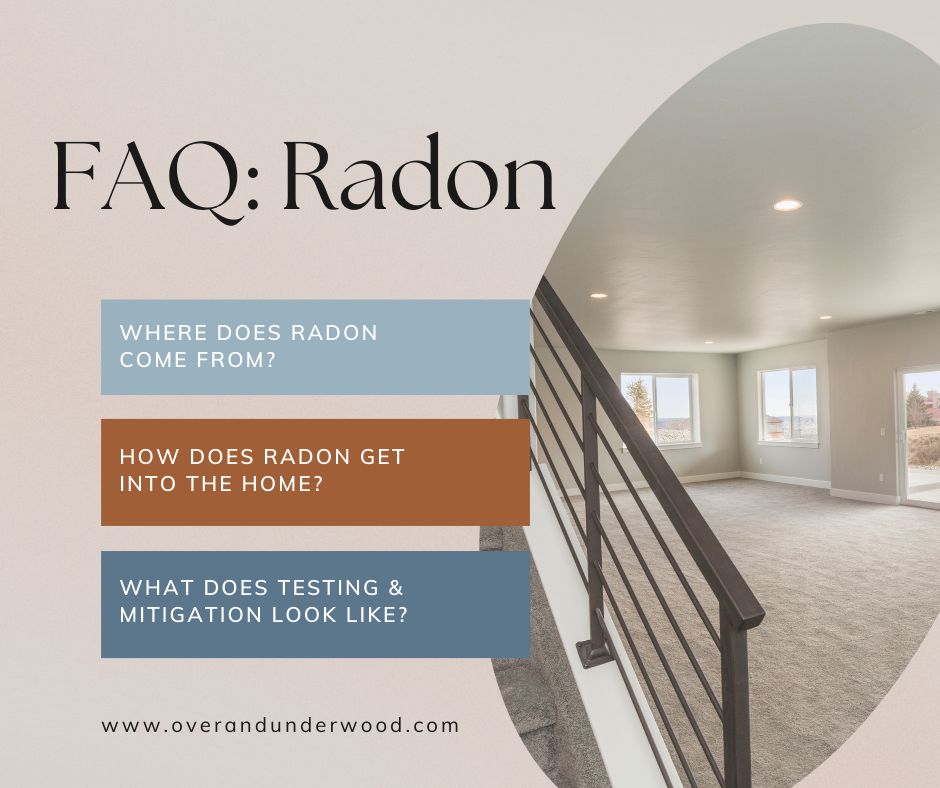Inspecting your Investment with Integrity
Mon - Sat 8:00 - 5:00
3980 Bedaki Ave NE, Lowell, MI 49331
Posts Tagged: real estate
Featured
Kicking Imposter Syndrome to the Curb
https://boldjourney.com/news/meet-james-underwood Alright – so today we’ve got the honor of introducing you to James Underwood. We think you’ll enjoy our conversation, we’ve shared it below. Hi James, thank you so much for opening up with us about some important, but sometimes personal topics. One that really matters to us is overcoming Imposter Syndrome because we’ve seen how so many people are held back in life because of this and so we’d really appreciate hearing about how you overcame Imposter Syndrome.As a home inspector, I overcame imposter syndrome by focusing on continuous learning and professional development. I recognized that the field of home inspection is vast and constantly evolving, so I committed myself to staying updated on industry standards, regulations, and best practices. Moreover, seeking mentorship and guidance from experienced colleagues helped me gain confidence in my abilities and validate my expertise. By consistently delivering thorough and accurate inspections, I built trust with clients and colleagues, reinforcing my sense of belonging in the profession. Embracing challenges as opportunities for growth and viewing mistakes as learning experiences also played a crucial role in overcoming imposter syndrome and establishing myself as a competent and reliable home inspector. Let’s take a small detour – maybe you can share a bit about yourself before we dive back into some of the other questions we had for you?I have been doing Home Inspections since 2012 and have been involved with the real- estate industry since I was a kid. Having inspected over 6,000 homes in West[…]
Read MoreAir Quality, Educational
Mold: Common Sources in a Home
Mold can grow in homes where there is excess moisture, poor ventilation, or high humidity levels. Here are some common sources of mold in homes. One of the best ways to prevent mold growth in your home is to control moisture levels, and promote good ventilation. If you want to know what may be growing in your air call today for an air quality test. #616-406-4202www.overandunderwood.com
Read MoreEducational
Let’s Compare: Modular Home vs. Manufactured Home
Modular homes and manufactured homes are both prefabricated homes that are constructed in a factory, but there are some key differences between the two: 1. Building codes: Modular homes are built to the same building codes as traditional site-built homes, while manufactured homes are built to a separate federal code. This means that modular homes have to meet the same standards for electrical, plumbing, and other systems as traditional homes, while manufactured homes have their own set of standards. 2. Construction: Modular homes are built in sections, or modules, that are transported to the building site and assembled on a foundation. They are typically constructed with the same materials as site-built homes and can be customized to the owner’s preferences. Manufactured homes, on the other hand, are built on a steel frame with wheels and axles and are designed to be transported to the building site. They are built with lighter-weight materials and have a different construction process than modular homes. 3. Placement: Modular homes are typically placed on a permanent foundation and can be placed on any property that meets local zoning and building requirements. Manufactured homes are often placed in mobile home parks or on leased land, although they can also be placed on a permanent foundation on private property. 4. Resale value: Modular homes typically have a higher resale value than manufactured homes, as they are built to the same standards as site-built homes and can be more easily customized to the owner’s preferences. Manufactured homes, on[…]
Read MoreEducational
GFCI Outlet Random Facts
Did you know what a GFCI outlet is and the purpose of having them? A GFCI is a type of electrical outlet or circuit breaker that is designed to protect people from electric shock. GFCIs are commonly used in areas where water is present, such as bathrooms, kitchens, and outdoor areas. There are two main types of GFCIs: GFCI outlets and GFCI circuit breakers. GFCI outlets are designed to replace standard electrical outlets and provide GFCI protection to any devices plugged into them. GFCI circuit breakers are installed in the main electrical panel and provide GFCI protection to all outlets and devices on the circuit they are protecting. In summary, a GFCI is an electrical safety device that is designed to protect people from electric shocks by quickly shutting off power to the outlet or circuit if it detects a current flowing along an unintended path.
Read MoreEducational
Tools of The Trade: Home Inspector Edition
I started to do a post about the PHYSICAL tools that I use on a typical inspection, because let’s face it those are important. However, it got me thinking…There are MANY other tools I use on a daily basis that are just as CRITICAL. A great inspector will work to incorporate all of these tools at the inspection.A home is a BIG financial and emotional purchase for the buyers, so make sure you are using empathy to recognize.Being quick to change schedules and adjust between the many pieces and people involved in the sale of a home is also critical.Clarity of clearly articulating findings and recommendations to clients while using language that is easy to understand.Actively listening to the client’s concerns and questions.And you might have all guessed having a great sense of attention to detail to observe and be thorough on an inspection is CRUCIAL.
Read MoreEducational
Let’s Talk Gutters
Did you know the importance of gutters? If a home doesn’t have gutters, rainwater will fall from the roof directly onto the ground around the perimeter of the home. This can lead to several potential problems: 1. Erosion which can lead to uneven settling of the foundation and other structural damage. 2. Water damage to inside of home. 3. Damage to exterior: rainwater falling directly onto exterior of the home can cause damage to siding, brick or other materials. 4. Insect infestations: standing water around the foundation can attract insects.
Read MoreEducational
Tools of a Home Inspector: Infrared Cameras
One of my favorite tools to use as an inspector is my thermal infrared camera. Why? Because #1 its fun to see behind walls, and #2 it is SO important when as an inspector I can’t see behind walls. Being an inspector in West Michigan ensuring and diagnosing a home for future energy efficiencies is crucial and such good information for the potential home owner to have going into their purchase. Any questions about how the HVAC system is working can easily be answered with the use of the infrared camera. Here is a more detailed look at how the use of an infrared camera can help the home inspector and add valuable information to the inspection report. Camera being referenced here is the FLIR TG165-X (affiliate link). By incorporating an infrared thermal camera into their inspections, home inspectors can offer a more comprehensive and thorough evaluation of a property, helping homeowners make informed decisions about their investments.
Read MoreFeatured
Unlocking the Secrets of Homeownership: Meet the Expert Behind Over & Underwood Home Inspection-James Underwood
Hey there, West Michigan! 👋 I’m James Underwood, and I’m your go-to guy for all things home inspections in this beautiful part of the world. I’ve spent years helping folks just like you make the most informed decisions about their homes. From cozy cottages by the lake to sprawling family houses, I’ve seen it all! At Over and Underwood Home Inspection, we take pride in our commitment to detail. We believe that every home should be a safe, happy, and worry-free space for you and your loved ones. When I’m not crawling through crawlspaces or climbing into attics, you can find me enjoying West Michigan’s outdoor wonders, sipping on local brews, and getting to know our community. So, whether you’re a long-time local or a new neighbor, let’s chat about your home inspection needs! I’m here to help you feel confident in your real estate decisions, one inspection at a time. Let’s make your house a home! Photo by jenqphotography.com
Read MoreAir Quality, Educational
How to Mitigate Radon
Mitigating radon in a home involves implementing various techniques to reduce the concentration of radon gas, a radioactive element that can seep into buildings from the ground. Here’s a general overview of the radon mitigation process: The cost of radon mitigation can vary based on factors such as the size and design of the home, the chosen mitigation technique, and the severity of the radon issue. On average, homeowners can expect to invest anywhere from $800 to $1,500 for a radon mitigation system, but costs may vary depending on the specifics of each case and location. It’s important to consult with a certified radon mitigation professional to assess your specific situation and provide accurate cost estimates.
Read MoreAir Quality, Educational
FAQ: What You Need to Know About Radon
Radon Awareness Month continues. Here are the answers to some of the FAQ regarding radon.1. Radon is a byproduct of uranium decay, which is found in nearly all types of soil.2. Radon moves up through the ground and finds its way into structures via cracks and other holes in the foundation. Radon is then trapped inside the home, where it builds up over time, increasing radon levels and causing unsafe levels of exposure.3. Testing should be done with a specialized, continuous radon monitor that is calibrated annually to ensure accurate measurements.4. Mitigation units can be installed if levels are found to be high. These units can cost from $800-$1,500.
Read More